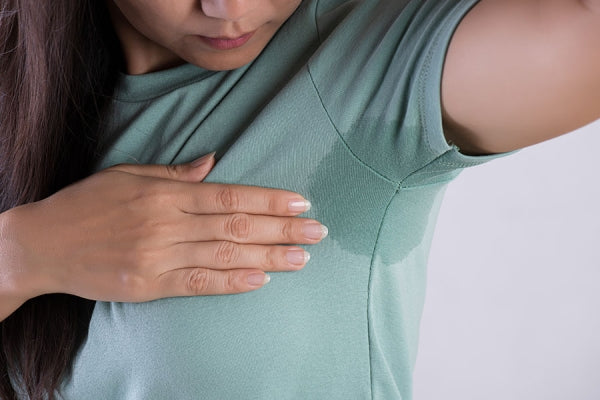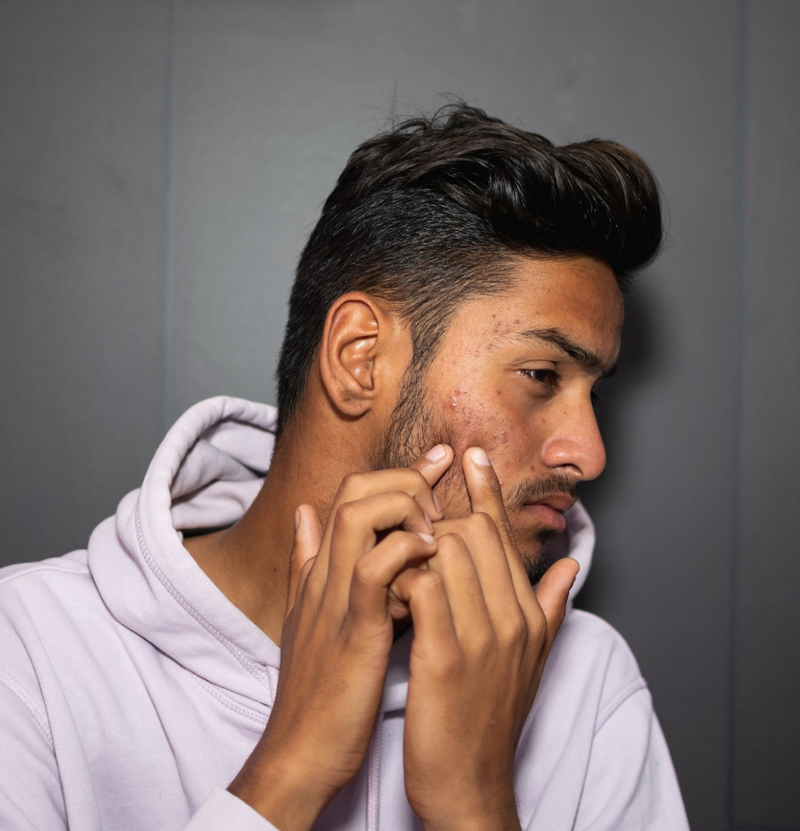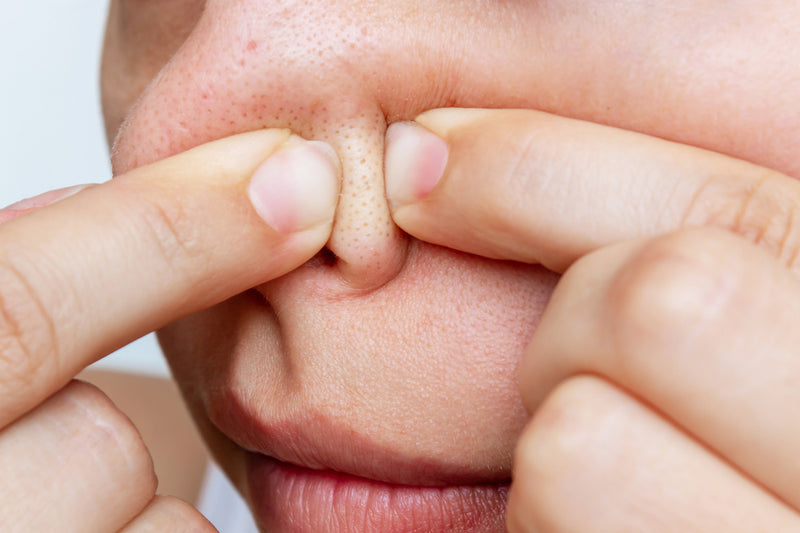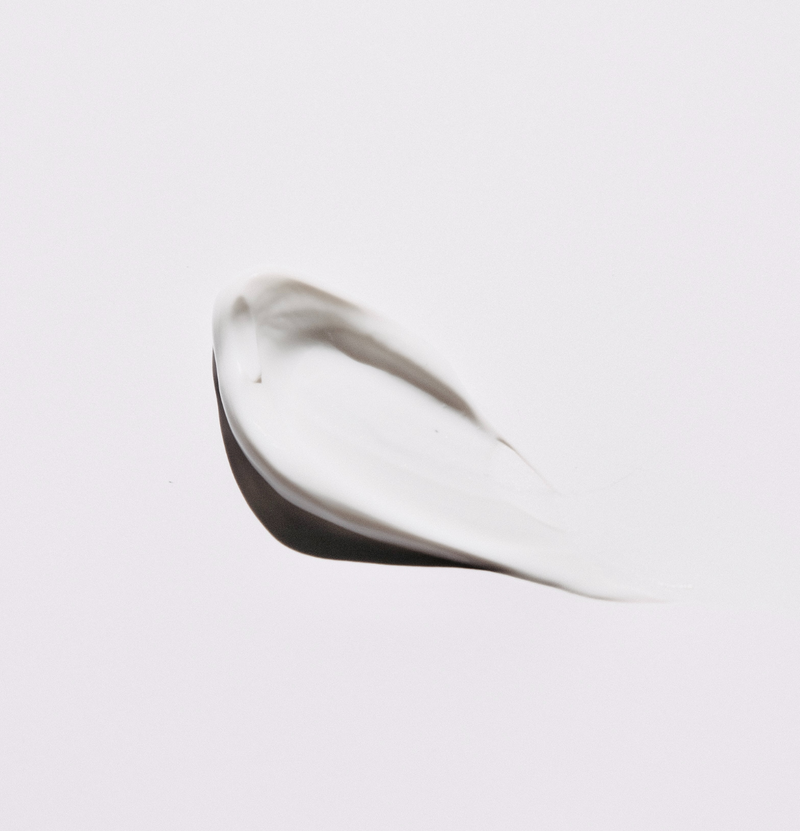Keratosis pilaris (also known as KP, chicken skin, or strawberry skin) appears as tiny, rough bumps on the upper arms, thighs, cheeks, and buttocks. They can also have surrounding redness or hyperpigmentation. KP is generally considered a harmless condition.


What Causes Keratosis Pilaris?
The root cause of keratosis pilaris lies in the overproduction of keratin. When keratin builds up, it forms a scaly plug that blocks the opening of the hair follicle. Over time, these plugs can accumulate, causing the characteristic bumps of KP.
Factors that contribute to the development of keratosis pilaris include genetics, since it often runs in families, and skin conditions such as eczema, which can exacerbate the appearance of KP bumps.
How to Treat Keratosis Pilaris
While keratosis pilaris is considered a chronic condition with no cure, several treatments can minimize its appearance.
1. Moisturizing Exfoliants
Keeping the skin well-hydrated can help soften the bumps. Use thick, creamy moisturizers that contain urea (10%) or lactic acid, which are particularly effective in managing keratosis pilaris.
2. Topical Retinoids
Applying prescription creams that contain vitamin A derivatives can promote cell turnover and prevent hair follicles from getting clogged. They can also help with the surrounding redness and hyperpigmentation, unlike exfoliants.
3. Laser Treatments
For severe cases of keratosis pilaris, especially those that result in significant redness or inflammation, laser therapy can be an effective solution. Laser treatments, such as IPL and PDL, can reduce redness.
Preventative Measures
In addition to the treatments above, there are daily skincare habits you can adopt to manage KP better:
- Avoid long, hot showers as they can strip the skin of its natural oils.
- Pat the skin dry after a shower instead of rubbing it.
- Apply moisturizer immediately after bathing to lock in moisture.
- Wear loose-fitting clothing to reduce friction on the skin.
Watch more on YouTube:







